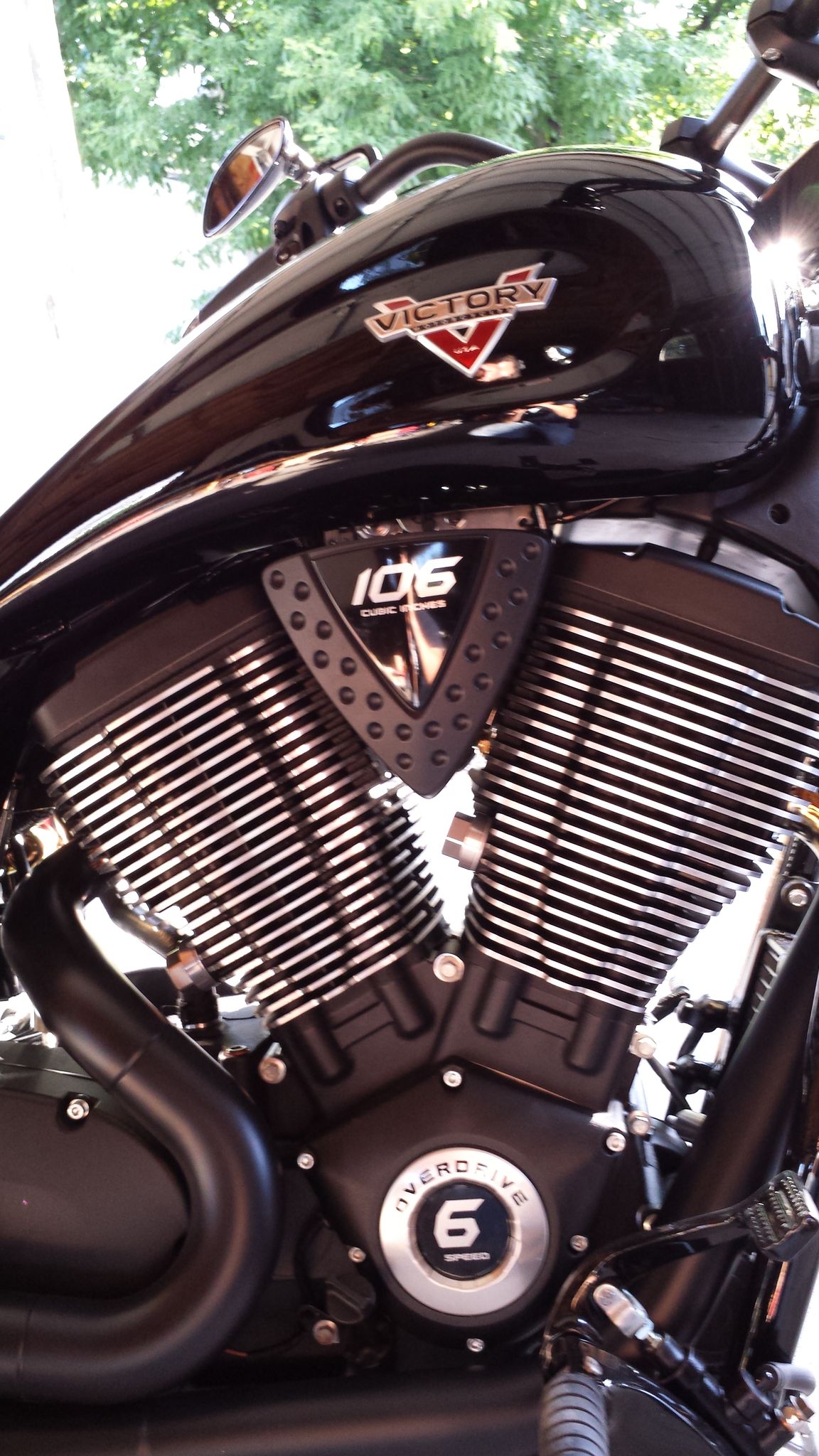Title Page
-
Job number
-
Site address
-
Conducted on
-
Prepared by
-
Personnel onsite
-
Activity being undertaken
-
Brief description of work being conducted
-
Electrical safety must be checked on a regular basis so that the risk of incidents is as low as is reasonably practical
The checklist is adapted from the National Code of Practice:
Managing Electrical Risks in the Workplace
The Site Manager is responsible for ensuring this checklist is regularly undertaken
The TAG colour codes for Electrical Appliance Testing are attached
Checklist and Requirements
-
1. Are construction switchboards properly constructed and set up?<br><br>REQUIREMENTS<br>ensure electricity switchboards are of robust design and build, are mounted securely. Where electricity meter and fuse assembly is fitted, make sure switchboard has an endorsed service fuse locking devise.<br>Construction switchboards should have;<br><br>- An extension led tie bar to prevent, strain on the plug top and socket outlet connection.<br>- insulated cable stands for the support of cables and extension leads off the ground<br>- a lockable door that can not damage power leads when closed<br>-a way of keeping the open for electrical installation work<br>-weather proofing if located outdoors or anywhere subject to water exposure<br>-a clear area of 1m at the front of the board<br>-a lockable cover over circuit breakers and RCDs (safety switches)<br>-clear access to main switch/isolating switch at all times when in use
-
2. Are there enough switchboards for the job,<br><br>REQUIREMENTS<br>switchboards should be spaced according to the maximum allowable lengths of the extension leads being used. The maximum length of the most common types of flexible leads are listed below (generally the shortest length of lead should be used when setting up switchboards).<br>-25 metres for 10Amp extension lead with 1.0mmA2 flexible cables core<br>-35 metres for 10Amp extension lead with 1.5mmA2 flexible cables core<br>-5 metres for 15Amp extension lead with 1.5mmA2 flexible cables core<br>-40 metres for 15Amp extension lead with 2.5mmA2 flexible cables core
-
3. Are RCDs (safety switches) fitted?<br><br>REQUIREMENTS <br>All final sub-circits of construction wiring, including the associated socket outlets and light fittings, need to be protected by 30mA RCDs.<br>Where work is occurring using the existing premises power all extension leads, power tools, electrical plant and equipment must not be used unless protected by 30mA RCDs. All RCDs should be time/current tested monthly
-
4. Are the correct type socket outlets being used?<br><br>REQUIREMENTS <br>check only 240 volt socket outlets with double pole switches are used on relocatable structures and portable equipment
-
5. Are portable outlet devices suitable?<br><br>REQUIREMENTS <br>Double adapters and other types of domestic multi-plug power boards are not suitable for use on construction sites. Only use multi-plug portable devises that comply with AS 3105 and are the industrial type fitted with over current and RCD protection
-
6. Is construction cabling identified and protected from mechanical damage?<br><br>REQUIREMENTS <br>Make sure construction cabling is clearly identified and has protection where there is a risk of mechanical damage. If a change onsite occurs that introduces or increases the risk of damage, provide additional protection. Also ensure that there is no unauthorized work on portable buildings, such as drilling, nailing, screwing and fixing of attachments
-
7. Are electric tools and flexible leads in a safe condition?<br><br>REQUIREMENTS <br>Ensure that electric power leads and tools brought onsite are suitable and in good condition <br>-use only heavy duty type extension leads and Australian approved power tools<br>-have leads and tools inspected, tested and tagged by a suitable qualified person at intervals of three(3) months, keep a register of inspections<br>-always visually inspect leads and tools for signs of damage before use<br>-make sure unserviceable tools or leads are immediately withdrawn from service
-
8. Have certificates of Electrical Safety been issued?<br><br>REQUIREMENTS <br>Ensure the electrical contractor provides you with Certificates of Electrical Safety for all construction wiring including switchboards, each certificate should detail what work the certificate covers.
-
9. Has the electrical installation been tested?<br><br>REQUIREMENTS<br>The electrical installation including all construction wiring and switchboards need to be inspected and tested by a licensed electrician or electrical inspector before use and re-rested every 6 months for the duration of the project.
-
10. Have RCD's been tested?<br><br>REQUIREMENTS<br>Ensure that all fixed and portable RCD's are tested for tripping current and time by a licensed electrician every calendar month while used onsite. The tripping function of portable RCD's should be checked before use by operating the RCD test button.
-
11. Are portable generators suitable?<br><br>REQUIREMENTS<br>If portable generators are used onsite, ensure the generator:<br>- is fully serviceable and has been properly maintained where supplying a fixed installation<br>- is installed by a licensed electrician, and<br>- inspected by a licensed electrical inspector before use, and<br>- a Certificate of Electrical Safety is provided<br> <br>Where supplying portable tools and equipment,<br>- is fitted with a 30mA RCD, and<br>-provided, if necessary, with earth electrode and bonding connections according to the manufacturer/supplier information displayed on the generator.
-
12. Are the extension leads being used safety?<br><br>REQUIREMENTS<br>Check that leads are not lying in mud or water or in areas where they can be damaged or become tripping hazards. Use stable, insulted lead stands to keep them above head height. Do not allow leads to be wrapped around scaffolds or falsework - use "S" shaped off cuts of steel reinforcing bar sheathed in cut of lengths of garden hose instead.
-
13. Are plant and temporary structures a safe distance from power lines?<br><br>REQUIREMENTS<br>Make sure there is always a safe distance between live power lines and cranes, concrete booms, earth moving equipment, elevating work platforms, hoists, scaffolds, falsework and portable ladders by strictly observing "NO GO ZONES" safe clearances.
-
14. Is electrical installation and repair work being done safely?<br><br>REQUIREMENTS<br>Make sure that all electrical installation work and any repairs to the electrical installation are only undertaken by licensed electricians working for Registered Electrical Contractors.
-
15. Have interaction with other trades onsite been considered?<br><br>REQUIREMENTS<br>The only trades onsite with trained knowledge of electricity and the associated hazards are qualified electricians and all activity should take into consideration that other trades may be undertaking work without the knowledge how their work, or the electrical work taking place, could impact on the other.
-
16. Has a SWMS been developed for work on or near energized installations or services?<br><br>REQUIREMENTS<br>A current SWMS should be available and have been developed in consultation with all effected workers and includes emergency response procedures.<br><br>
-
17. After completing the work.<br><br>REQUIREMENTS<br>- Have the installations/circuits/equipment been restored to a safe and operable condition?<br>- Have all tags and locking - off devices been removed?
-
18. REMEMBER
REQUIREMENTS
- Do the work very carefully.
- Follow the Safe Work Procedure
- Treat all exposed conductors as they are energized
- Be aware of the voltage to earth of all exposed conductors. -
Electrical Appliance Testing - Tag Colour Codes
All states Except NSW
Red ; December- February
Green ; March - May
Blue; June - August
Yellow; September - Novemeber
Orange; January - June
White; July - December
Black; Yearly
Silver; 2 years
Burgundy; 5 years
NSW
Red; January - September
Green; April - August
Blue; February - July
Yellow; June - October
Orange; March - Novemebr
White; May - december
Black; Yearly
Silver; 2 yearly
Burgundy; 5 yearly -
Auditor











